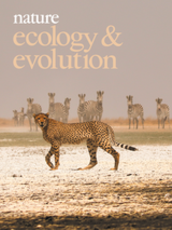Why are we doing this?
The new web design offers a fresh experience, to help scientists discover, evaluate and read research, keeping up with the demands of modern science.
What content was and will be migrated?
The migration includes Nature-branded journals, academic journals on nature.com, and BMC open access journals (i.e. journal-specific with journal home sites).
Will I need to do anything?
There are no changes to the way in which you and your end users access the content, therefore no action is required.
This change will enable a future consolidation of Nature & Springer librarian portals.
What is the impact on services I get from discovery services, A&I services, metadata delivery, KBART, etc?
We will continue to provide KBART lists, and full text xml feeds to discovery/A&I services for indexing purposes as per our current practices.
Will the end user continue to access the content in the same way?
Yes, you and your end users will continue to access content in the same way.
Why did Springer Nature decide to keep different platforms?
We have deliberately kept our sites separate as this allows end users to access our content in a way in which they have grown accustomed.
How can users search across Springer Nature Link and nature.com?
Normal discoverability via search engine natural searches continues to be a significant contributor in this area. We already have the very basic ability to do so at http://www.search.springernature.com/, which includes searching across Springer Nature Link, nature.com and BioMed Central.
Will there be changes in usage statistics reporting?
No. There will be no changes at this time.
Who do I contact if I have any questions?
Please feel free to contact us at libraryrelations@springer.com.






